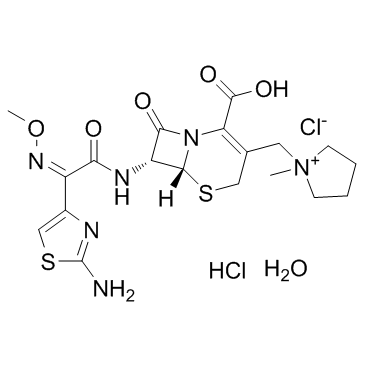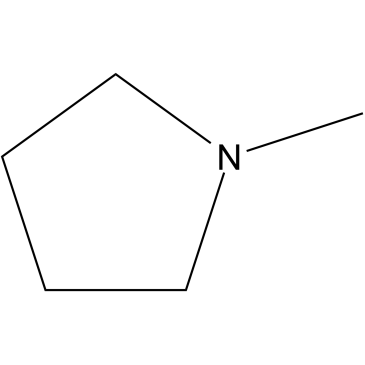| Structure | Name/CAS No. | Articles |
|---|---|---|
 |
Methanol
CAS:67-56-1 |
|
 |
Cefepime Dihydrochloride Monohydrate
CAS:123171-59-5 |
|
 |
1-Methylpyrrolidine
CAS:120-94-5 |